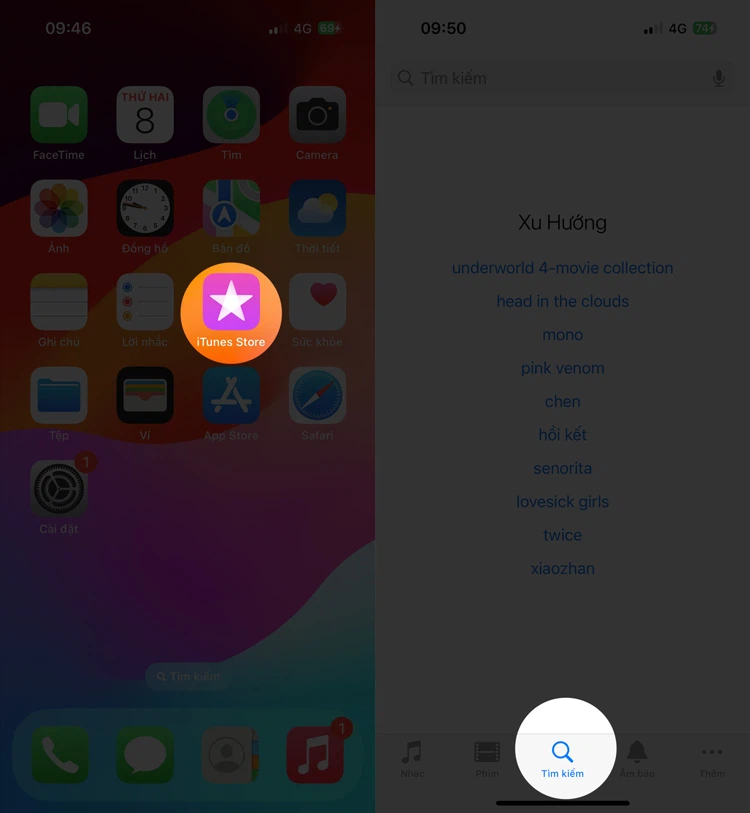According to the experience of many people over the years, soaking fruits and vegetables in saltwater helps to clean them, especially when preparing raw vegetables. Some even believe that saltwater can relieve stomach pain and diarrhea.
In reality, saltwater has no effect and should not be used.

Why should salt not be used?
Salt has antibacterial properties, which is true. But to effectively kill bacteria in fruits and vegetables, a high concentration of salt is required. However, a high salt concentration can also damage the fruits and vegetables. If you salt pickles, you will notice that they become soft and lose their crispiness because the salt absorbs water from the cells, making them soft. Therefore, soaking fruits and vegetables in diluted saltwater has no effect in killing bacteria when eating them raw.
If fruits and vegetables are contaminated with chemicals or preservatives, using salt will not be effective because salt makes it harder for the chemicals to break down. Soaking fruits and vegetables in saltwater for cleaning purposes is just a “fantasy.”

Smarter ways to clean fruits and vegetables
Jin Jin, a nutrition expert at the Clinical Nutrition Department of Beijing International Hospital, China, shared some methods to remove pesticides from fruits and vegetables:
Soaking and rinsing with clean water: When you bring fruits and vegetables home, first clean off the dirt and rinse them under running water. Rinsing under running water is more effective than soaking in a basin. Running water helps wash away dirt and wash off bacteria, parasites, and larvae that cling to the vegetables better than soaking in water. Things that cling to the surface of fruits and vegetables are more likely to be washed away by the pressure of running water than by dipping them in a basin.
Soaking in a high pH alkaline solution
Bacteria thrive in a low pH environment, so soaking fruits and vegetables in a high pH alkaline water for about 5-15 minutes, then rinsing them with clean water 3-5 times, will reduce the bacteria significantly. Alkaline solution can be obtained by using a water ionizer to make alkaline water with a pH of 9-11 (drinking water has a lower pH). Or you can buy reputable alkaline powder, dissolve it in water, and soak fruits and vegetables in it. This method can be applied to all types of fruits and vegetables.

Peeling the outer skin of fruits and vegetables
Many fruits and vegetables have good nutrition on the surface of their skin. But if you feel it is unsafe, you should peel the skin because the surface of fruits and vegetables is most likely to be contaminated with pesticides and plant protection chemicals.
Blanching vegetables with boiling water
High temperature helps to partially decompose pesticides. Therefore, if you suspect certain vegetables, blanch them in boiling water before cooking. In this group, for example, green beans, spinach, and broccoli… When cooking, leave the lid open to allow the chemicals to evaporate.
Let fruits ripen before eating them
When you buy fruits and vegetables, you should choose slightly unripe ones and let them sit for a few days to allow harmful substances to degrade before eating. Oxygen in the air and substances such as enzymes in the vegetables can react with residual pesticides, causing the pesticides to degrade and reducing the amount of residual pesticides and their toxicity. Of course, you only apply this method to fruits and vegetables that can be stored longer.
Rinsing with baking soda
Baking soda is a commonly used additive in the kitchen, especially for baking. But it also has good cleaning properties. Therefore, mix baking soda with water, rinse fruits and vegetables under running water, then soak them in baking soda for about 15 minutes. Some studies have shown that baking soda helps to clean the surface of fruits and vegetables better.


































